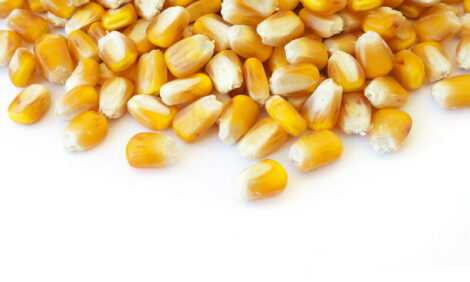



Improved Reproductive Performance after PROGRESSIS® Vaccination at End of Gestation in a PRRSV Infected Farm
Porcine reproductive and respiratory syndrome virus (PRRSV) is endemic in swine producing countries worldwide and causes important losses due to reproductive and respiratory disorders. Additionally, the virus variability and the immune evading properties of the virus are leading to increased difficulties in the control of the disease, write H. Knockaert, S. Willaert, P. Van Oyen, S. Van Poucke and T. Meyns.As a result, both attenuated and inactivated commercial vaccines are applied under field conditions according to different schedules. Recently, increased transfer of colostrum derived antibodies by vaccinating sows at the end of the gestation period (D90) with an inactivated vaccine, has gained interest as an additional control strategy.
Material and methods
In a conventional 2000-Topigs-sows farm, sows, divided into 20 groups of about 105 animals kept in a one week batch system, used to be initially vaccinated with an attenuated EU based PRRSV vaccine at day 60 of gestation and at day 6 of lactation. Since one and a half year, the vaccination schedule has changed by including an additional vaccination with PROGRESSIS® at day 90 of gestation.
Reproductive parameters such as the number of pigs born alive, piglet mortality in the farrowing unit and number of weaned piglets were compared in one year before the implementation of the D90 vaccination with 79 groups after the change in vaccination strategy. Statistical comparison between the weekly reproductive parameters recorded during the two periods were performed using a Wilcoxon test.
Results
The average number of pigs born alive increased from 13.80 (s.d. 0.61) to 14.35 (s.d. 0.48) after the implementation of the D90 vaccination (p<0.01). The percentage of piglet mortality in the farrowing unit was significantly reduced from 15.39% (s.d. 0.79) to 12.19% (s.d. 1.83) on average after implementation of day 90 PROGRESSIS vaccination (p<0.01).
This resulted in an significant increased number of weaned piglets per litter (p<0.01) from 11.61 (s.d. 0.79) to 12.58 (s.d. 0.45) after the change in vaccination schedule.
Discussion and conclusion
In this farm, a clear and long lasting positive effect of the additional PROGRESSIS vaccination at D90 on the piglet mortality and health in the farrowing unit was observed. S
ince no other management factors were changed during the observation period, it was clear that the improved sow immunity resulted in an increased survival rate of piglets before weaning. This effect could be explained by a lower infection rate of piglets and by a reduced infection pressure of PRRSV.
Presented at the 2015 European Symposium of Porcine Health Management
September 2015









